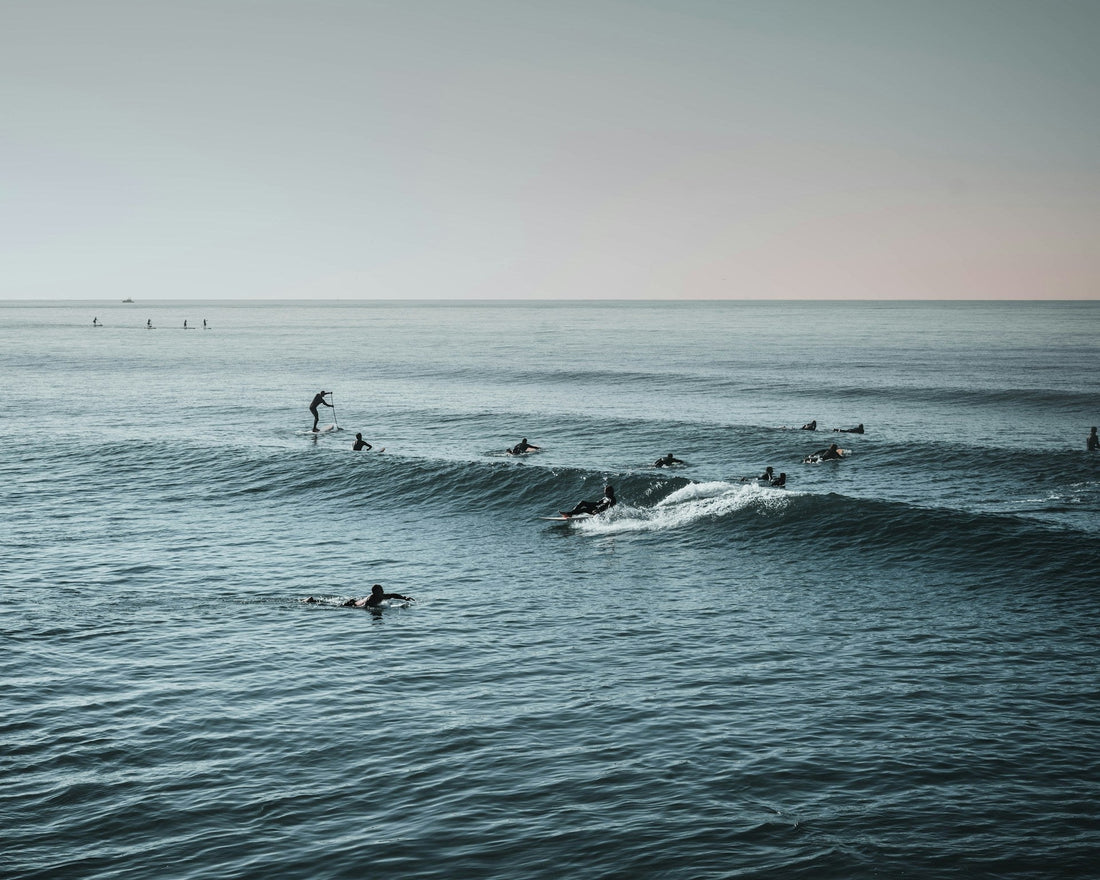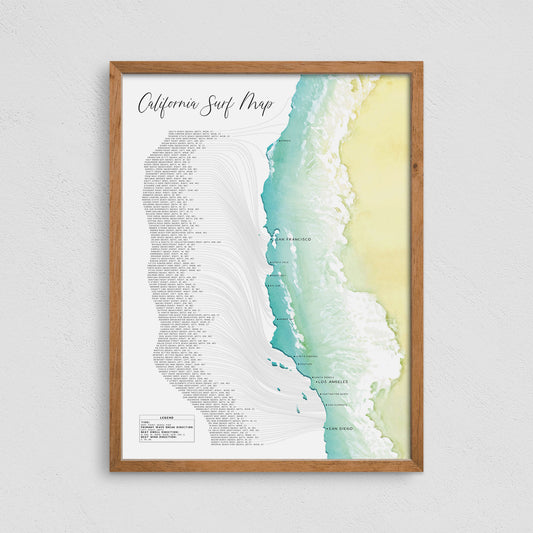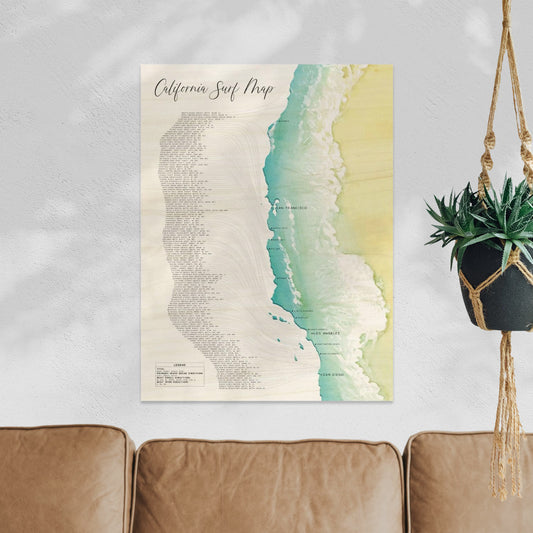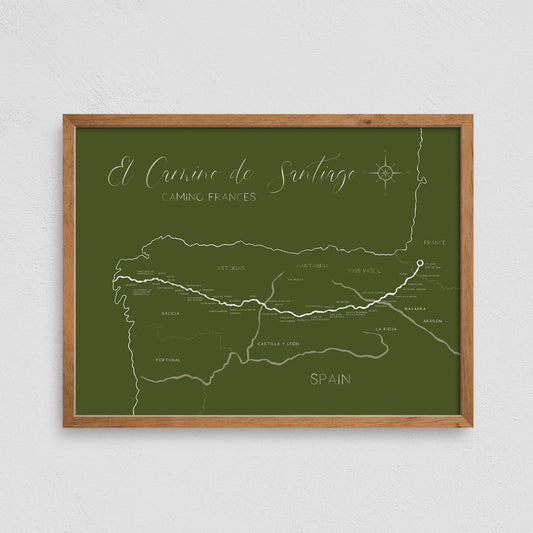
The Best Surf Spots in LA
Share
Los Angeles isn’t just about movie stars, traffic, and sunshine—it’s also home to some of the most iconic and diverse surf breaks on the West Coast. Whether you're a beginner paddling out for the first time or a seasoned local chasing a glassy dawn patrol session, LA’s coastline has a wave for every kind of surfer.
Stretching from Malibu to the South Bay, Los Angeles County offers a variety of surf conditions, crowds, and vibes. But with so many spots packed into this urban surf playground, finding the best surf spots in LA can be overwhelming—especially if you're new to the area or chasing swell on a tight schedule.
That’s where having a surf map becomes your not-so-secret weapon. Plotting your course through LA’s surf scene with a visual guide turns your trip from a guessing game into a curated adventure—complete with wave types, skill levels, local tips, and best tide/wind conditions.
Let’s break down the top surf spots in LA and explore how to use a surf map to make the most of your time in the water.
1. Malibu – First Point and Surfrider Beach
Best for: Longboarders, intermediate to advanced surfers
Vibe: Historic, mellow, crowded
Wave type: Right-hand point break
Malibu is the iconic LA surf spot. This is where the longboard renaissance lives and breathes. The peeling, perfectly shaped rights of First Point are like a surf lesson from Mother Nature herself. On a good day, you can ride one wave for hundreds of yards. It's no wonder this beach helped define California’s surf culture.
Tip: It gets insanely crowded, especially in summer. Respect the locals, be patient, and don’t snake waves.
Map advantage: Mark the three main takeoff points and plan for high tide sessions when the waves roll through cleaner.
2. Venice Beach
Best for: Beginners to intermediate surfers
Vibe: Eclectic, energetic, a bit chaotic
Wave type: Beach break
Venice isn’t just weird and wonderful on land—it’s got a surf scene to match. With consistent waves and a beachy vibe, it’s great for casual surfers and learners. The waves aren’t world-class, but the experience is 100% Venice: artists, muscle beach bodybuilders, and surfers all mixing together.
Tip: Watch for sketchy locals, especially at the Venice Pier. Stick to the north end if you’re looking for fewer crowds.
Map advantage: Use your map to locate parking options and alternate entry points to avoid the heaviest crowds.
3. El Porto (Manhattan Beach)
Best for: Intermediate to advanced surfers
Vibe: Performance-focused, punchy, crowded on good days
Wave type: Hollow beach break with strong swell exposure
El Porto is one of the most consistent spots in LA, thanks to deepwater submarine canyons that funnel in energy from nearly any direction. When it’s on, you’ll find wedgy peaks and occasional barrels. This is the training ground for many South Bay surfers, so expect talent in the water.
Tip: The current can be heavy on big days. Bring your shortboard and be ready to hustle for position.
Map advantage: Chart swell directions and pinpoint the best sandbars ahead of time using your surf map app or printed guide.
4. Topanga Beach
Best for: Intermediate surfers
Vibe: Local-heavy, laid-back, scenic
Wave type: Right-hand point break over cobblestones
Tucked between Malibu and Santa Monica, Topanga offers one of the better right-hand point breaks in the LA area. The wave can get pretty rippable on the right swell and tide, with multiple sections and a fun inside bowl.
Tip: Rocks and reef here can be unforgiving. Wear booties if you're unsure and time your entry carefully.
Map advantage: Use a map to plan around tides—Topanga can go from magic to mushy real quick depending on water levels.
5. Zuma Beach
Best for: All levels (depending on swell)
Vibe: Open, uncrowded, raw
Wave type: Beach break with multiple peaks
Zuma is a bit off the beaten path compared to Malibu or Venice, and that’s part of the charm. It’s less crowded, more raw, and exposed to most swell directions. On small days, it’s forgiving enough for beginners. On big days, it can be fast and powerful.
Tip: Bring options—your longboard for mellow peaks or a shortboard for punchy inside bowls.
Map advantage: Plot the most consistent peaks along Zuma’s long stretch to avoid hunting blindly for a good takeoff spot.
6. Redondo Breakwall
Best for: Intermediate and advanced surfers
Vibe: Gritty, local, challenging
Wave type: Left-hand reef break
When the stars align—meaning big winter swell, right tide, and favorable wind—the Redondo Breakwall can turn into a left-hander’s paradise. This wave wraps around the harbor and delivers long, sometimes hollow rides.
Tip: The takeoff zone is tight. Know your etiquette and respect the locals who call it home.
Map advantage: Add this to your winter swell map layer and watch for swell direction from the northwest.
Why a Surf Map Is the Ultimate Companion for LA Surfing
If you're planning to explore the best surf spots in LA, having a surf map is more than just handy—it’s essential.
Here’s why:
-
Navigation Made Simple: With so many breaks squeezed along LA’s busy coastline, a surf map helps you visualize where each spot is and how to reach it—especially when you're chasing a last-minute swell.
-
Swell Matching: Track swell directions, tide changes, and wind forecasts directly on your map, helping you match the right spot with the right conditions.
-
Session Planning: Avoid wasting time. Use your map to chart parking, paddle-out zones, local hazards, and optimal entry/exit points.
-
Trip Tracking: Document your sessions by marking the places you’ve surfed and the ones you still want to hit. It turns your LA surf mission into a personal pilgrimage.
Whether it's a sleek app, an interactive website, or an old-school physical map hanging on your van wall, a surf guide map enhances every aspect of your LA surf journey.
Explore, Surf, Repeat
From the longboard-friendly lines of Malibu to the heavy peaks at El Porto, Los Angeles is a mosaic of surf culture, energy, and wave variety. It's one of the few places in the world where you can surf a mellow point break in the morning and a punchy beach break by lunch—then grab tacos and watch the sunset without ever leaving the coast.
To get the most out of the best surf spots in LA, bring the right board, respect the lineup, and don’t forget your secret weapon: a well-marked surf map that keeps you one step ahead of the swell.
Because in a city where timing, traffic, and tide all matter—a good map can be the difference between an epic day and a missed opportunity.






